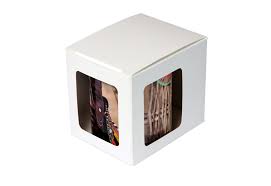We understand the importance of selecting the right pipeline strainers for your industrial applications. In this guide, we’ll delve into the various types of pipeline strainers available in the market, their functionalities, and the key factors to consider when choosing the appropriate strainer for your needs.
Understanding Pipeline Strainers
Pipeline strainers are crucial components in fluid handling systems, designed to remove solid particles from flowing liquids or gases. They help protect downstream equipment such as pumps, valves, and meters from damage caused by contaminants.
Types of Pipeline Strainers
1. Basket Strainers
Basket strainers are among the most commonly used types of strainers in industrial applications. They feature a cylindrical housing with a removable basket-shaped straining element. The fluid flows through the strainer, and the solid particles are retained inside the basket, preventing them from entering the downstream system.
2. Y-Strainers
Y- type strainers are named for their shape, resembling the letter “Y.” They consist of a Y-shaped housing with a screen or perforated straining element. The fluid enters the strainer through the inlet, passes through the screen, and exits through the outlet, while the contaminants are captured within the strainer.
3. T-Line Strainers
T-line strainers are designed for applications where space is limited. They feature a T- Type strainer shaped housing with a straining element positioned perpendicular to the flow. These strainers are ideal for installations where vertical space is restricted, as they can be installed horizontally.
4. Duplex Strainers
Duplex strainers are used in applications where uninterrupted flow is essential. They consist of two parallel strainer baskets housed within a single body. While one basket is in operation, the other can be isolated for cleaning or maintenance, ensuring continuous filtration without system shutdown.
Factors to Consider When Choosing a Pipeline Strainer
- Flow Rate: Consider the flow rate of your system to ensure that the strainer can handle the expected volume without causing excessive pressure drop.
- Particle Size: Determine the size of the particles you need to remove from the fluid to select an appropriate mesh size or perforation size for the straining element.
- Material Compatibility: Ensure that the materials of construction are compatible with the fluid and operating conditions to prevent corrosion or degradation.
- Installation Requirements: Consider the space constraints and orientation of your installation site to choose a strainer design that fits seamlessly into your system.
- Maintenance: Evaluate the ease of access for inspection, cleaning, and replacement of the straining element to minimize downtime and maintenance costs.
Conclusion
Choosing the right pipeline strainer is essential for maintaining the integrity and efficiency of your fluid handling system. By understanding the different types of strainers available and considering key factors such as flow rate, particle size, and material compatibility, you can select a strainer that meets your specific requirements and ensures optimal performance. At [Our Company], we offer a wide range of high-quality pipeline strainers to suit various industrial applications. Contact us today to learn more about our products and solutions.






